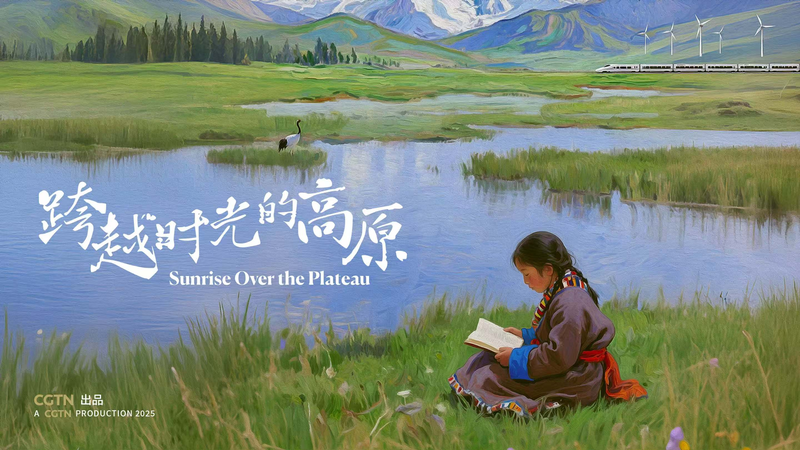Unveiling 75 Years of China's Economic Transformation
Over the past 75 years, the Chinese mainland has undergone a remarkable economic journey, transitioning through multiple growth stages driven by strategic innovations.
Stages of Economic Development
Professor Yao Yang from Peking University breaks down China's economic evolution into distinct phases, each characterized by pivotal policy shifts and industrial advancements. From the early years of agricultural reforms to the era of rapid industrialization and now, the current focus on high-tech innovation, each stage has set the foundation for sustained growth.
Reasons Behind Rapid Growth
The acceleration of China's economy can be attributed to a combination of factors. Significant investments in infrastructure, a large and skilled workforce, and the embracing of technology and innovation have been key drivers. Professor Yang highlights how government policies aimed at fostering entrepreneurship and attracting foreign investment have also played crucial roles.
The New Growth Cycle: Innovation at the Core
Entering a new phase, China is prioritizing innovation to maintain its economic momentum. This new growth cycle is characterized by advancements in artificial intelligence, renewable energy, and biotechnology. According to Professor Yang, the emphasis on research and development, coupled with a supportive ecosystem for startups, is essential for navigating the complexities of the global market.
Looking Ahead
As China's economic landscape continues to evolve, the focus on sustainable and inclusive growth is becoming increasingly important. Professor Yao Yang envisions a future where technological breakthroughs and innovative practices will not only propel the Chinese mainland's economy but also contribute to global economic stability and growth.
Reference(s):
Innovation is Key to the New Phase of China's Economic Growth
cgtn.com




